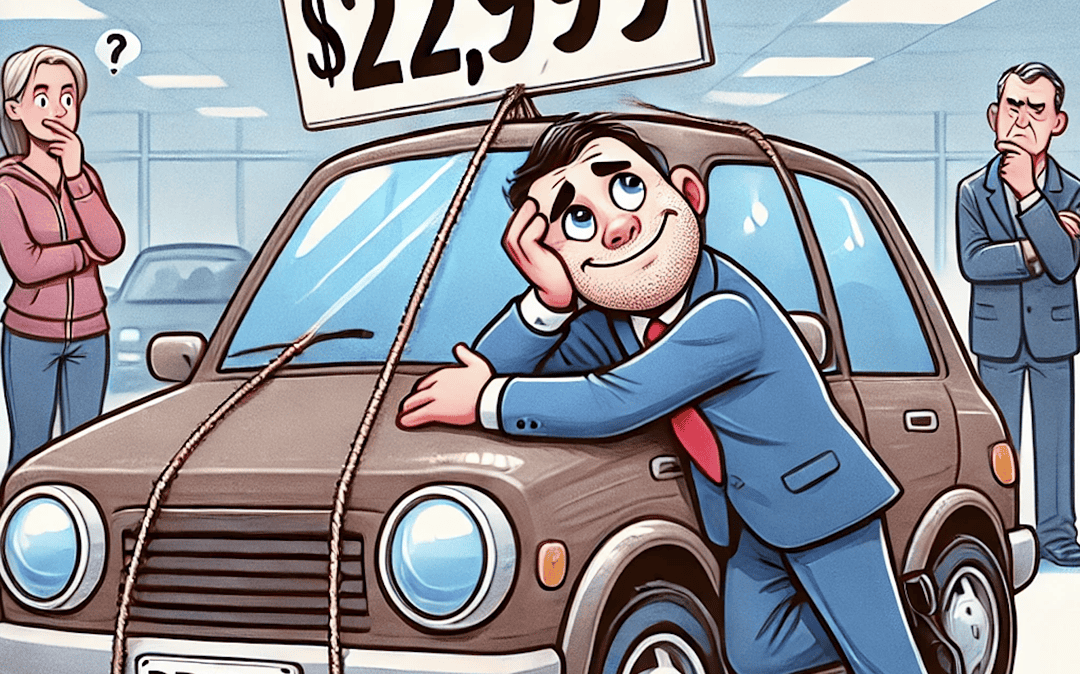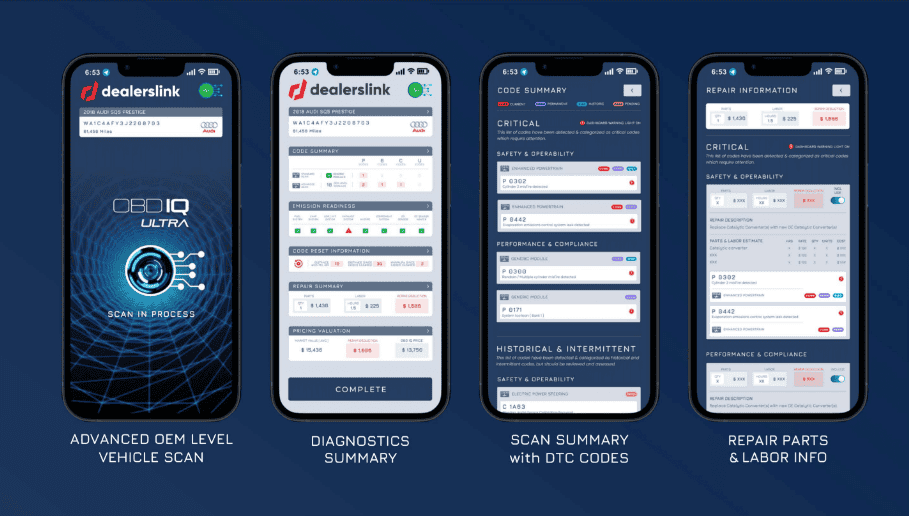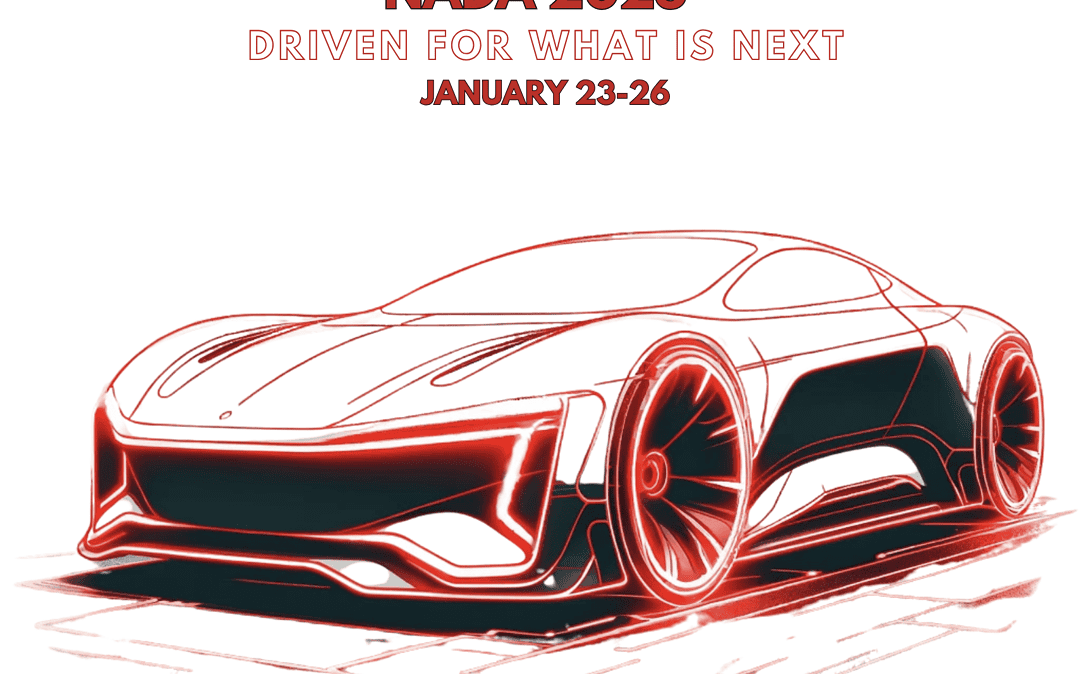
As we move into November, key trends in the automotive industry are becoming clearer. Used vehicle prices are starting to stabilize, with some models seeing an uptick in their book values. At the same time, the supply of used cars is steadily being bought up on our platform and the average age of these vehicles sitting on the car lots is dropping. This supply contraction reflects the lingering effects of the production slowdowns between 2020 and 2022. The reduced manufacturing output from those years is now catching up with the market, creating tighter conditions for pre-owned inventory.
The Pandemic’s Lingering Impact on Used Vehicle Supply
The pandemic-era production gaps are becoming increasingly visible in the used car market. Typically, trade-ins and lease returns provide a consistent flow of used inventory, but with fewer vehicles produced during the peak COVID years, that flow has slowed. This scarcity has placed upward pressure on prices, especially for popular, dependable models.
Dealers who rely heavily on pre-owned inventory are having to get creative, employing smarter sourcing strategies to secure vehicles and leveraging dynamic pricing tools to remain competitive. Fewer older, high-mileage vehicles mean consumers are facing limited budget-friendly options, further emphasizing the importance of strategic stocking.
A Surge in New Car Inventories Brings Opportunities
Meanwhile, the new car market is on the rebound, with inventories expanding steadily. Automakers are ramping up production as supply chain challenges ease, offering dealerships the opportunity to broaden their selection and meet pent-up consumer demand.
Despite these improvements, Q3 proved to be a challenging quarter for many dealers, with rising interest rates tempering consumer enthusiasm. However, as the election season winds down, there’s hope that consumer sentiment will improve, providing a stronger sales environment in the closing months of the year.
What’s on the Horizon: Interest Rates and Tax Refunds
There’s cautious optimism that economic relief could be on the way. If the Federal Reserve signals any easing of interest rates, it could be just the push needed to stimulate larger purchases. Looking further ahead, the start of tax season—traditionally a strong period for vehicle sales—offers dealers another window of opportunity as customers use their refunds toward vehicle purchases.
Dealers should be prepared to pivot quickly as market conditions shift, taking advantage of any rate changes or seasonal upticks to build momentum. Being proactive now will position businesses to capture increased demand as consumers gain confidence in the market.
Closing the Year Strong
The final stretch of 2024 offers an opportunity to make up for a difficult Q3. With stabilizing used car prices and improving new car inventories, dealerships are well-positioned to meet the needs of diverse buyers. Those who stay agile, focus on pricing strategies, and offer a variety of financing options will be better equipped to thrive in the evolving landscape.
Hold steady through the remaining weeks of October and gear up to capitalize on the opportunities that Q4 brings. The finish line for 2024 is within sight—now’s the time to push through and build momentum for a strong start to 2025!










